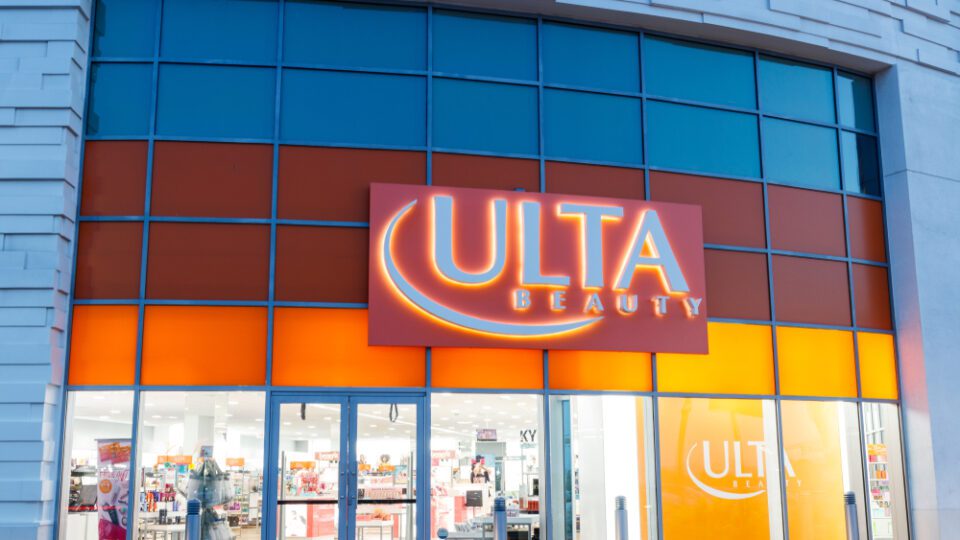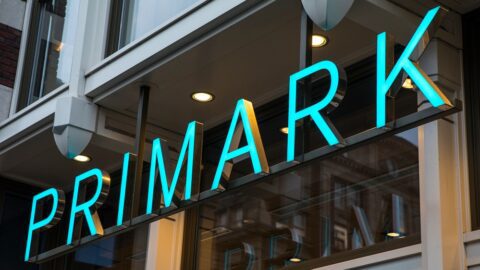Supply chain and last mile challenges have been grabbing headlines for months, and executives from Ulta Beauty, American Eagle and others shared their advice on how retailers can turn these troubles into opportunities at the Home Delivery World logistics conference. The big takeaway: managing costs and keeping shelves stocked while also delivering on speed, efficiency and sustainability have become valuable differentiators that can help any company get ahead of the competition.
“Who could have predicted that supply chain would be driving headlines across news outlets?” said Aimee Bayer-Thomas, Chief Supply Chain Officer at Ulta Beauty during her keynote, Fueling Business and Associate Growth With a Dynamic, Agile Supply Chain Organization. “Simply put, if you’re not winning in supply chain, you’re not winning at all. Now is the time for supply chain leaders to build and rebuild with the right talent, the right culture and the right resources to fuel the business and to fuel growth.”
Ulta Beauty puts its supply chain at the center of its network and sees it as the driving force behind the experience of associates and customers alike. The retailer employs 40,000 workers at 1,300 of its own stores, 200 locations inside Target stores, and six fulfillment centers with a seventh on the way. With such a massive footprint, strong supply chain practices are necessary to keeping everything running smoothly.
“We know that our teams are most successful when we lean into our mission and our best-in-class culture to empower, value and challenge them,” said Bayer-Thomas. “Today, companies are either disrupting or they’re being disrupted. Ulta Beauty is rising to the occasion as a visionary in the ways that we lead our organization, and we know we couldn’t do it without our extremely strong supply chain behind it all.”
Advertisement
Ulta’s Three Pillars Connect Supply Chain, Associates and Shoppers
Bayer-Thomas laid out the three pillars that help Ulta Beauty manage its supply chain and, ultimately, keep things running smoothly across the entire enterprise:
- Network: Ensuring the right product is always at the right place at the right time at the right price;
- Innovation & Technology: Evolving technology and systems to enable new capabilities; and
- Capabilities & Processes: Optimizing processes across the business to drive simplicity and efficiency.
Developments that seem focused on one pillar can affect all three, and the benefits trickle down to shoppers and associates as well. One example Bayer-Thomas provided was the rollout of autonomous robots in distribution centers — an Innovation & Technology investment that will support the Network by making it easier to get items where they need to be, and will improve Capabilities & Processes by easing warehouse associates’ workload.
“Autonomous mobile robots are going to support retail and ecommerce picking, which is going to allow our associates to pick for retail and ecommerce at the same time,” said Bayer-Thomas. “We’ll have lots and blocks that will be assigned to them, and they [will] only have to navigate through a couple of rows within a distribution center, compared to the multi-level pick tower that they have to operate with today. This will reduce walking for our associates by 47%.”
Another innovation that will affect the entire journey is the introduction of control towers at distribution centers that will enable real-time visibility into the supply chain. Ulta will be better able to plan for potential stockouts based on availability at any given location, and minimize the disruption caused by extreme weather or supplier delays by connecting with data across the supply chain to determine the best next steps for securing necessary inventory.
Customers won’t directly see the benefits of a data-driven supply chain, but they can still feel them. Ulta’s technology investments aim to ensure that every item is available for every customer, no matter where or how they want it, in order to keep pace with the modern customer journey.
“We know that consumer journeys are changing and they’re no longer shopping in a linear fashion,” said Bayer-Thomas. “Retail ecosystems are now seamless and guests and associates have to shift from brick-and-mortar to the digital platform fluidly. Similarly, our supply chain foundation must also very fluidly serve as a foundation to this entire ecosystem — and this is true for all retailers.”
American Eagle Invests in Both Sustainability and Efficiency
Sustainability also has become a hot issue for supply chains, and somewhat surprisingly, this is an area where environmentally focused shoppers and bottom line-focused executives can find agreement, according to Guru Pundoor, VP of Supply Chain Data Analytics at American Eagle. The same technologies that are making supply chains more efficient also are making it greener.
“[The crisis] has definitely helped accelerate investment in areas that can help us,” said Pundoor during a keynote panel, How America’s Biggest Brands are Tackling the Supply Chain Crisis with Sustainability and Science. “In this case, what has been good for sustainability has also been good for business. The longer the parcel has to travel, the longer it takes to get to the customer and the more fossil fuels used. The less miles a parcel has to travel, the less money it costs the business and the faster it gets to the customer.”
One way American Eagle has been reducing both costs and its carbon footprint is investing in technology that helps the retailer better understand what shoppers are ordering in which regions and through which channels. This reduces the number of deliveries required by ensuring items that are often bought together are available in the same distribution centers and stores, rather than being shipped from multiple warehouses to complete an order.
“A lot of science we invested in was in building an algorithm to better understand what the customers buy together, where demand is coming from and how you estimate the right product levels even before that product starts selling, based on the profile of the customer,” said Pundoor. “Then, how do you build a fulfillment and transportation network that will support the need to have the right products in the right place?”
Finding the right marriage between data science and supply chain capabilities is one of the key challenges retailers are facing today. However, these are far from the only issues that need to be addressed together since the supply chain impacts every element of the business, from logistics to the customer experience. Supply chain executives need to reach out across their company to ensure investments are being made in the right places to benefit every aspect of their operations.
“Now is the time for supply chain leaders to build the right talent, the right culture and the right resources to get the job done,” said Ulta’s Bayer-Thomas. “We are leading and driving businesses forward.”



















